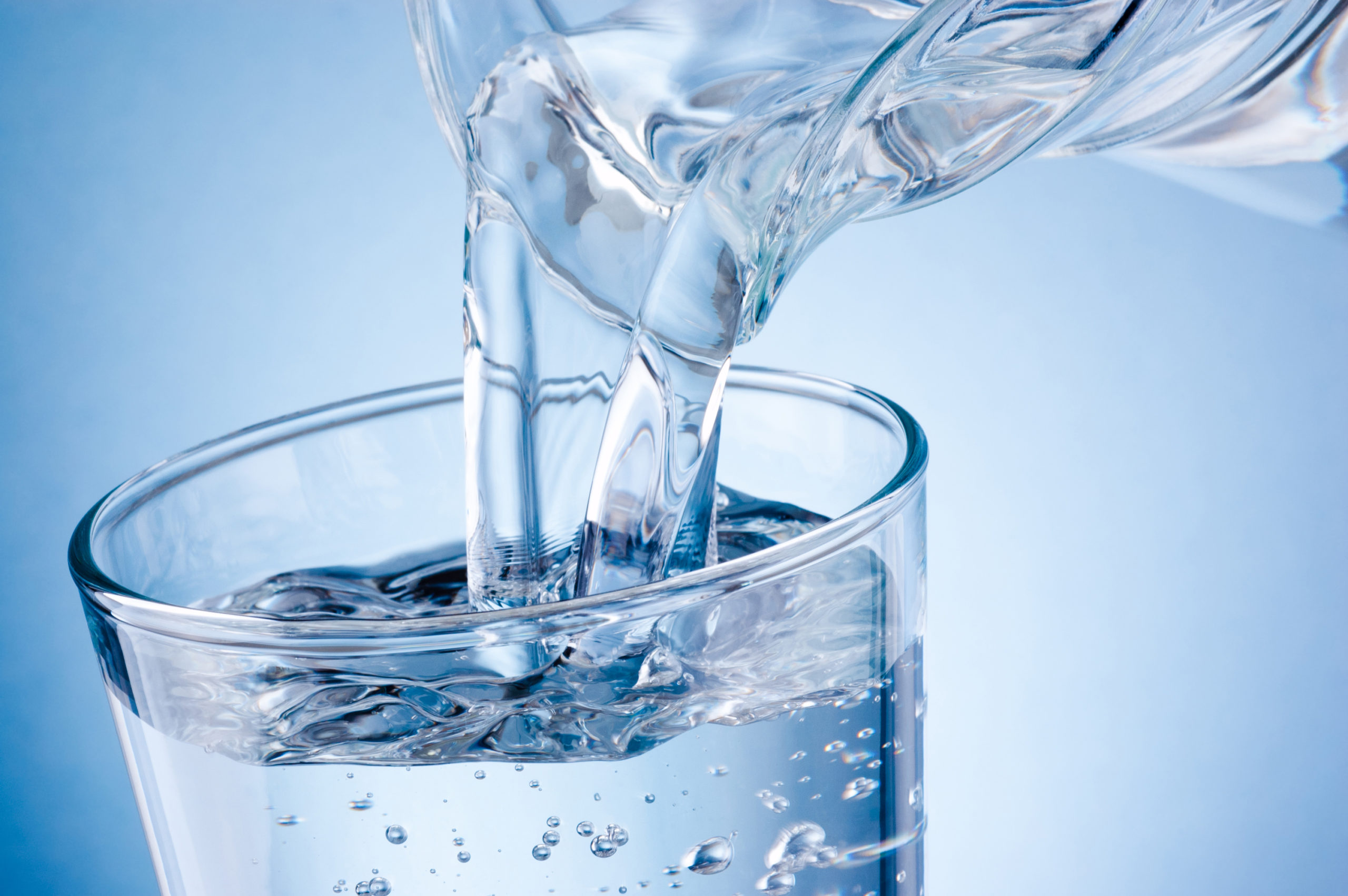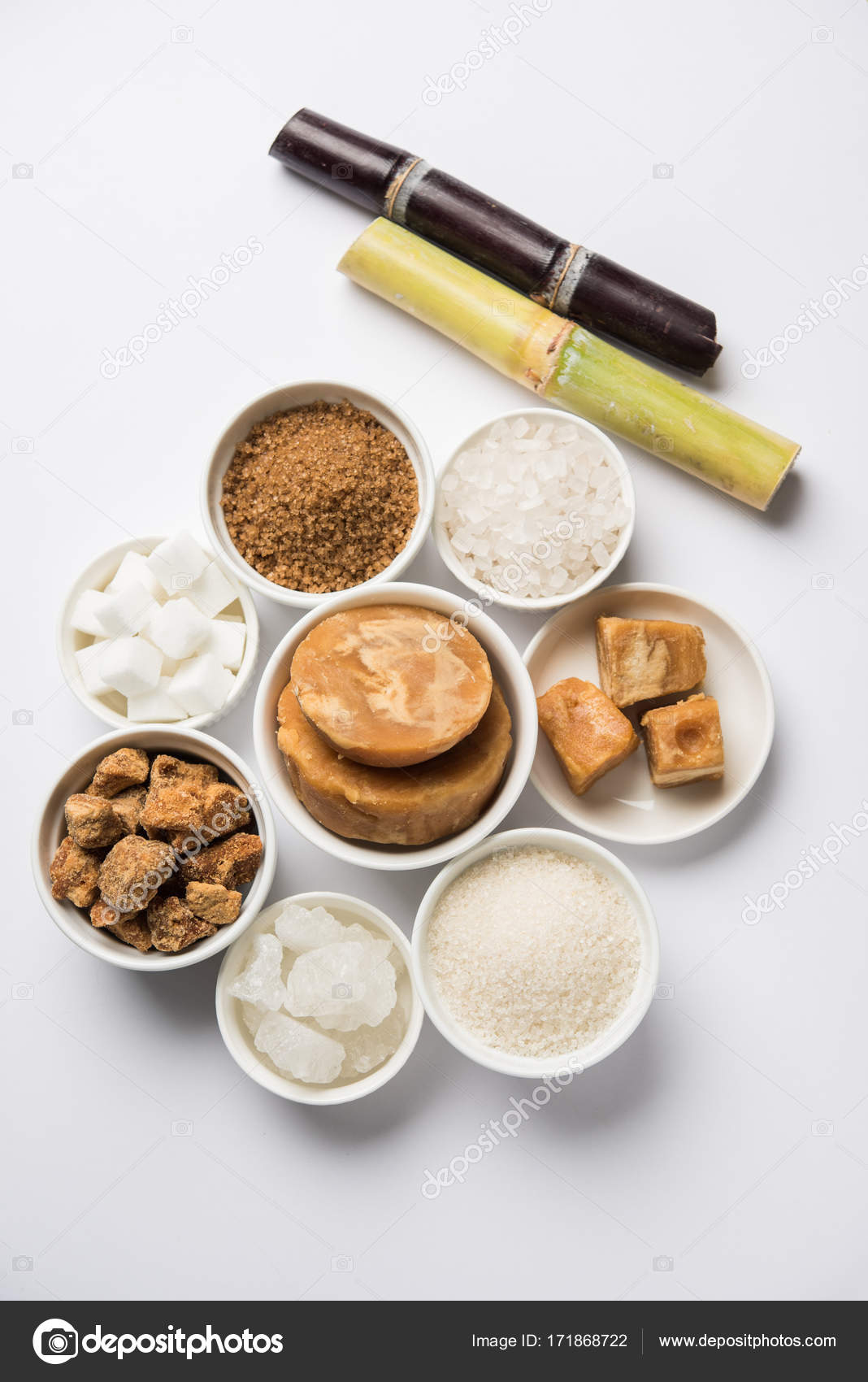Are sugar cane products the Key to the Next Green Energy?
Revealing the Manufacturing Secrets Behind Sugar Cane and Its Diverse Series Of Products
The manufacturing journey of sugar cane is intricate and multi-faceted. It begins in the fields, where mindful harvesting methods established the stage for ideal sugar extraction. The procedure includes a number of phases, consisting of juice removal and refining - sugar cane products. Sugar cane's prospective expands far beyond simple sweet taste. Innovations in handling and sustainable practices are reshaping its role in modern-day markets. What exists in advance for this versatile crop? The solutions may amaze those interested in its future
The Journey of Sugar Cane: From Area to Manufacturing facility

As sugar cane persuades delicately in the exotic breeze, it begins a transformative trip from field to manufacturing facility. The lively environment-friendly stalks, abundant in sucrose, are grown under optimal problems, taking advantage of sufficient sunshine and rainfall. Farmers thoroughly keep track of the development, making certain the plants reach their peak maturation, which is important for maximizing sugar content.Once grew, the cane is prepared for harvesting, where its coarse framework holds the guarantee of sweet products. The journey continues as the stalks are transferred to refining facilities, where they undertake a collection of careful steps. At the manufacturing facility, the cane is cleaned, shredded, and pushed to remove the juice. This juice is after that clarified and vaporized, leading the means for crystallization. Each stage of this journey is crucial, as it eventually establishes the high quality of the sugar and various other products stemmed from this versatile plant.
Gathering Methods: The Initial Step in Production
Collecting sugar cane needs precision and ability, as the timing and method straight influence the top quality of the last item. The process typically begins with figuring out the excellent harvest time, which is vital; sugar material peaks just prior to the plant gets to complete maturation. Growers commonly count on experience and agricultural indicators to make a decision when to harvest.Two primary methods control the gathering landscape: manual and mechanical techniques. Hand-operated harvesting, though labor-intensive, permits for mindful selection of stalks and decreases damages. Workers use machetes to cut the cane near to the base, making sure the stalks stay intact for processing.Mechanical harvesting, on the other hand, makes use of customized devices to reduce and collect the cane promptly. While this method considerably increases performance, it may bring about greater levels of particles and lower sugar content. Ultimately, the selected strategy influences not only the quantity but likewise the top quality of sugar cane provided to refining centers.
The Removal Process: Opening the Sweetness
The removal process is essential for changing collected sugar cane right into sweet juice. Numerous techniques of juice removal can significantly influence the top quality and yield of the end product. Understanding these strategies is important for maximizing the benefits of sugar cane production.
Gathering Strategies Clarified
Launching the sweetness of sugar cane begins with precise harvesting strategies that guarantee maximum yield and high quality. The procedure usually involves reducing the cane at ground level, guaranteeing very little damage to the plant and permitting regrowth. Harvesters typically make use of machetes or specialized devices, depending on the scale of the operation. Timing is vital; collecting occurs when the sugar web content reaches its optimal, generally during dry seasons. Additionally, employees should be trained to identify the ideal stalks, staying clear of those that are also old or infected. Reliable transportation to processing centers is likewise crucial, as delays can cause sugar degradation (sugar cane products). These precise methods ultimately lay the structure for creating high-grade sugar and its diverse byproducts
Juice Removal Approaches
Juice removal is a critical step in changing sugar cane right into its sweet essence. This process usually includes numerous approaches, each designed to successfully remove the sweet liquid from the fibrous stalks. The most common strategy is milling, where the sugar cane is crushed in between hefty rollers to launch the juice. An additional approach is diffusion, which utilizes warm water to liquify the sugar from the cane fibers, making it a more efficient choice for large operations. In addition, some producers use screw presses, which apply mechanical pressure to essence juice. After extraction, the juice goes through explanation to eliminate contaminations prior to more handling. Each technique reflects the industry's focus on making the most of return and making sure top notch sugar manufacturing.
Refining Sugar: Transforming Raw Cane Into Granulated Gold
The refining process is important for transforming see this site raw cane sugar into the pure, granulated product consumers acknowledge. sugar cane products. This involves a collection of extraction and filtering steps to remove contaminations, complied with by crystallization and drying out strategies that boost the sugar's quality. Understanding these techniques exposes the complex improvement from cane to the golden granules that sweeten numerous foods and drinks
Extraction and Purification Refine
An important phase in the sugar production journey involves the removal and purification of juice from newly collected sugar cane. This process begins with squashing the cane to release its wonderful juice, typically utilizing large rollers or mills. The removed juice includes not just sugar however also impurities, including fibers and mud. To guarantee the juice is suitable for further refining, it undertakes a filtering procedure. This entails passing the juice through different filters and clarifiers to eliminate strong bits and undesirable products. Chemicals such as lime may be contributed to help in the information procedure. The result is a clear, raw cane juice that functions as the foundation for producing refined sugar, all set for succeeding phases of processing.

Formation and Drying Methods
After the removal and filtering processes yield clear raw cane juice, the following action in sugar production is crystallization. This process includes boiling the juice to evaporate water, permitting sugar particles to develop crystals. As the liquid thickens, it gets to supersaturation, motivating sugar to crystallize. The mix is after that cooled, promoting further crystal formation. As soon as formation is total, the sugar crystals are separated from the remaining syrup with centrifugation.The last includes drying out, where the crystals are exposed to warm air to eliminate residual wetness. This step is essential, as it guarantees the item accomplishes the desired granulation and rack stability. The result is pure, granulated sugar, ready for packaging and circulation.
Beyond Sweetness: Diverse Products From Sugar Cane
While sugar cane is primarily recognized for its pleasant flavor, its adaptability prolongs much beyond plain sweet taste. This resilient plant serves as the source for a myriad of items that cater to varied markets. Ethanol, stemmed from sugar cane fermentation, plays a vital role in eco-friendly power, serving as a cleaner alternative to nonrenewable fuel sources. Additionally, molasses, a result of sugar refining, is used in pet feed, in addition to in baking and fermentation processes.Sugar cane's coarse deposit, called bagasse, is not wasted; it is changed into eco-friendly product packaging products and acts as a biomass gas resource. In addition, different sugars and syrups gotten from sugar cane discover applications in the food and beverage field, adding to flavoring and conservation. The plant's fallen leaves can be utilized for thatching, while its juice is eaten as a renewing beverage in lots of societies. Sugar cane exemplifies agricultural possibility beyond its sugary track record.
Innovations in Sugar Cane Handling
As improvements in modern technology proceed to improve different industries, sugar cane handling is experiencing a significant transformation. Modern developments, consisting of automated harvesting and precision agriculture, are boosting efficiency and return. Drones and sensors monitor plant wellness, permitting farmers to enhance irrigation and nutrient application, eventually boosting productivity.In processing facilities, advanced equipment and equipment enhance operations. Innovations such as chemical handling and progressed purification methods boost the extraction of sugar while reducing waste. Furthermore, the fostering of real-time data analytics enables makers to check procedures carefully, guaranteeing high quality control and lowering downtime.Biotechnology is likewise playing a critical function; genetic engineerings boost sugar cane's resistance to insects and ecological stressors. These developments not only add to greater sugar returns however likewise facilitate the manufacturing of varied spin-offs from the cane, increasing its commercial applications. Generally, these technologies are paving the method for a much more effective and lasting sugar cane handling market.
The Future of Sugar Cane: Sustainability and Bioproducts
The future of sugar cane production is progressively linked with sustainability and the growth of bioproducts. As international news demand for environment-friendly alternatives climbs, the sugar cane market is rotating in the direction of practices that lessen ecological influence. Advancements in farming strategies, such as accuracy agriculture and incorporated bug administration, aim to enhance return while lowering source consumption.Furthermore, sugar cane is being discovered as a basic material for biofuels, bioplastics, and various other sustainable products. These bioproducts not only offer a sustainable choice to typical nonrenewable fuel sources and plastics yet also contribute to a circular economic situation by making use of waste materials.Research and growth in biotechnology are leading the way for enhanced sugar cane ranges that require less water and plant foods, further promoting sustainability. By embracing these improvements, the sugar cane sector can protect its future while resolving important environmental challenges, demonstrating its potential as a keystone of lasting development.
Frequently Asked Inquiries
What Are the Environmental Impacts of Sugar Cane Farming?
The ecological impacts of sugar cane farming consist of logging, dirt destruction, and water contamination. Furthermore, making use of pesticides can hurt biodiversity, while monoculture practices decrease community durability, positioning lasting sustainability challenges for agricultural practices.

How Does Sugar Cane Compare to Other Sugar Nutritionally?
Sugar cane, abundant in carbs, offers power but lacks necessary nutrients compared to alternatives like honey or maple syrup, which use minerals and vitamins. Its high glycemic index also elevates problems over blood sugar level spikes.
What Are the Health Conveniences of Consuming Sugar Cane Products?
The wellness benefits of consuming sugar cane items include improved food digestion, enhanced energy levels, and potential antioxidant residential or commercial properties. Additionally, they may sustain hydration and provide important vitamins and minerals, contributing favorably to general wellness.
Just How Is Sugar Cane Waste Utilized After Processing?
After handling, sugar cane waste is used in numerous ways, including biofuel manufacturing, pet feed, and organic fertilizers. This sustainable technique decreases environmental impact while making best use of resource efficiency within the sugar industry.
What Are the Historical Origins of Sugar Cane Growing?
